Are you interested in learning about different cultures and their histories? Here are the ethnology museums to visit in Alberta:
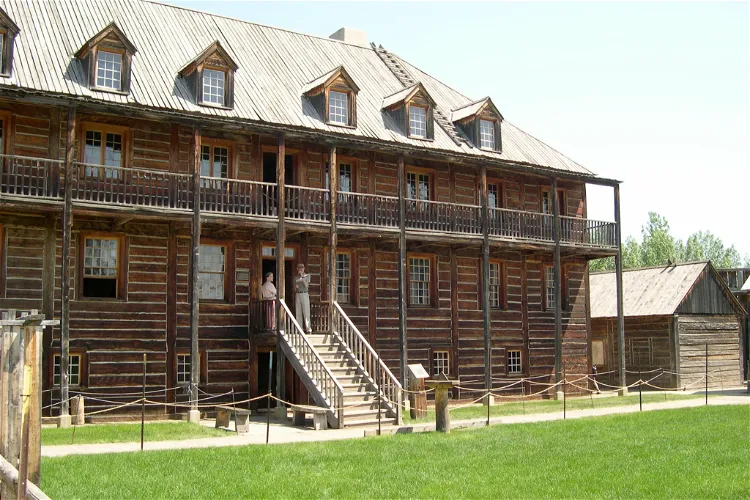
Fort Edmonton Park
EdmontonFort Edmonton Park, situated in Edmonton, Alberta, is recognized as the largest living history museum in Canada. The park is named after the first enduring European post in the area of modern-day Edmonton. It features both original and rebuilt historical structures that represent the history of Edmonton, including that of Indigenous Peoples. During the summer, the park is staffed by costumed historical interpreters, providing an immersive experience for visitors.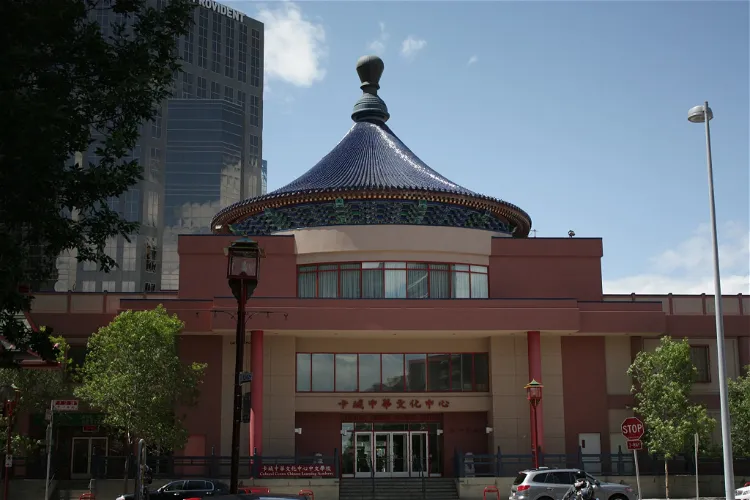
Calgary Chinese Cultural Centre
CalgaryThe Chinese Cultural Centre, situated on the north-eastern side of downtown Calgary, Alberta, Canada, is a significant cultural landmark. Completed in September 1992, the centre serves as a hub for Chinese culture and heritage in the city. Its location in the heart of the city makes it easily accessible for tourists and locals alike.
Head-Smashed-In Buffalo Jump World Heritage Site
Fort MacleodHead-Smashed-In Buffalo Jump is a UNESCO World Heritage Site located 18 km northwest of Fort Macleod, Alberta, Canada, on highway 785. This location is where the foothills of the Rocky Mountains begin to rise above the prairies, providing a stunning backdrop for visitors. The site offers a unique insight into the indigenous culture and history of the area.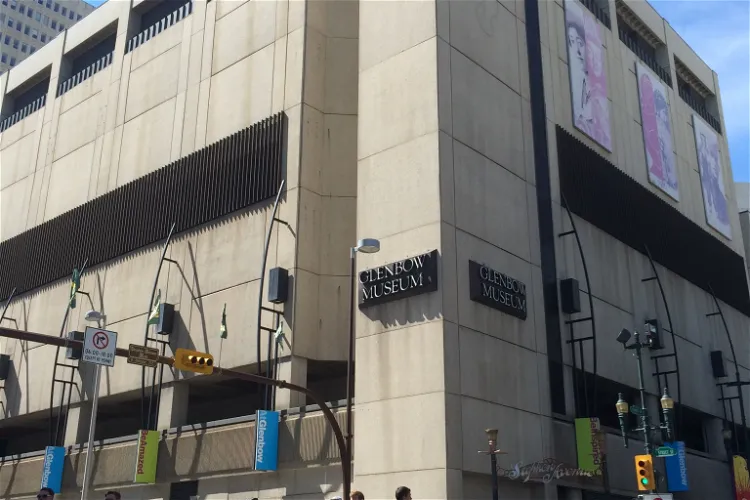
Glenbow
CalgaryThe Glenbow Museum, located in Calgary, Alberta, is a renowned art and history museum. It was established in 1954 by the philanthropist Eric Harvie. The museum is a significant cultural institution in the region, offering a deep dive into the history of southern Alberta through its permanent exhibitions.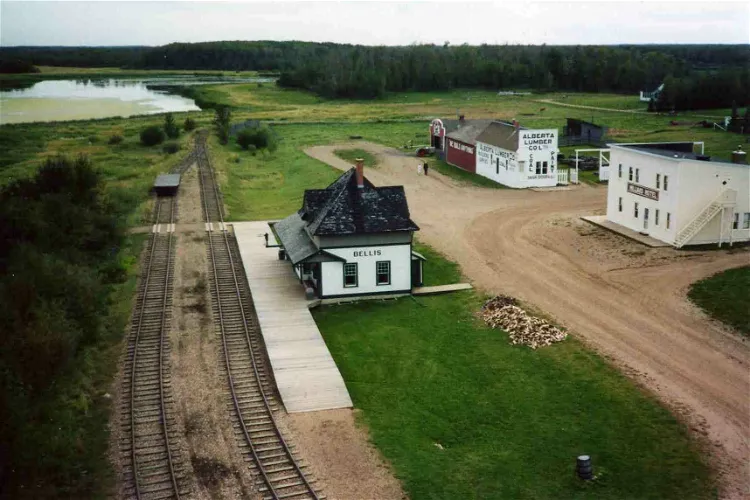
Ukrainian Cultural Heritage Village
EdmontonThe Ukrainian Cultural Heritage Village is an open-air museum situated in east central Alberta, Canada. It is dedicated to recreating the pioneer settlements of Ukrainian Canadian settlers from the years 1899 to 1930. The museum uses costumed historical interpreters to provide an immersive experience of the past. Buildings from surrounding communities have been relocated to the site and restored to various years within the first part of the twentieth century, providing a tangible glimpse into the lives of these early settlers.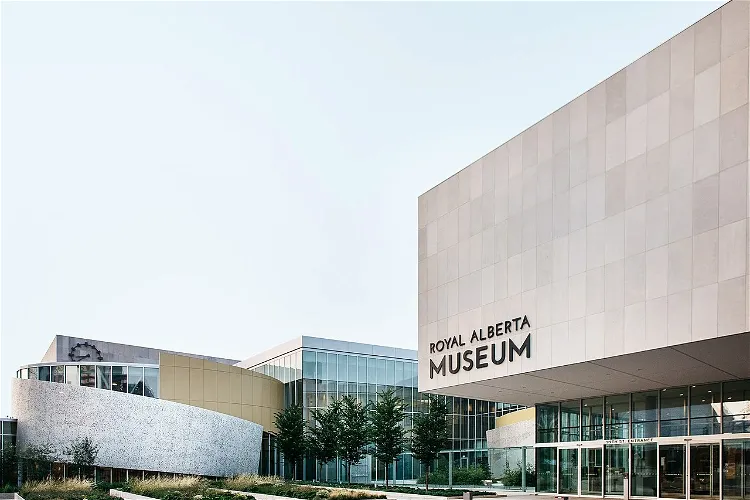
Royal Alberta Museum
EdmontonThe Royal Alberta Museum, previously known as the Provincial Museum of Alberta, is a renowned institution dedicated to the fields of natural history and anthropology. It is situated in the residential neighborhood of Glenora in Edmonton. The museum offers a unique opportunity to explore the rich history and diverse cultures that have shaped Alberta and the world.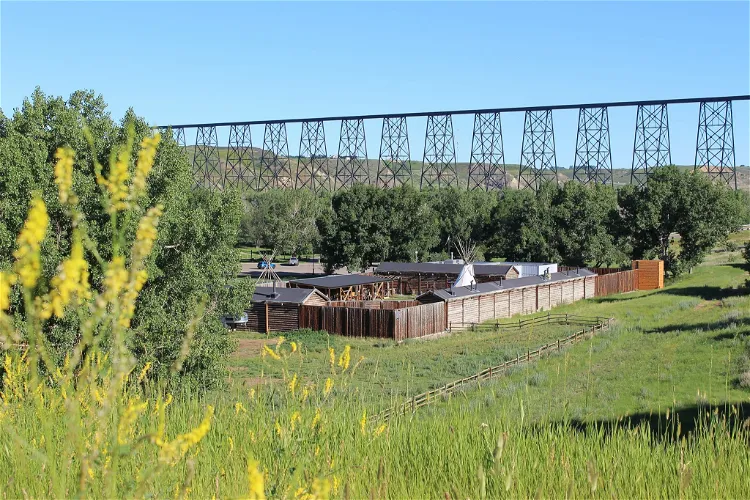
Fort Whoop-up
LethbridgeToday, Fort Whoop-Up is also the name of a replica site and interpretive centre located in Indian Battle Park. This site offers visitors a chance to learn about the history of the original fort and the activities that took place there. The replica fort was built based on new photographic evidence and is designed to resemble the original fort as closely as possible.- 8
Wetaskiwin & District Heritage Museum
WetaskiwinThe Wetaskiwin and District Heritage Museum is a significant cultural institution in Wetaskiwin, Alberta, Canada. It is dedicated to celebrating and preserving the history, heritage, and culture of the local area. This includes the City of Wetaskiwin, County of Wetaskiwin, and the Maskwacis Cree Four Nations. The museum serves as a vital resource for understanding the rich cultural tapestry of the region. 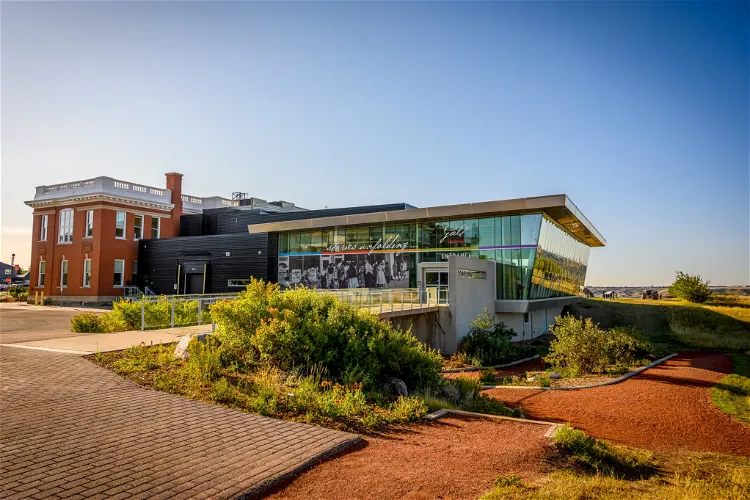
Galt Museum & Archives
LethbridgeThe Galt Museum & Archives is a significant cultural institution in Lethbridge, Alberta, Canada. It holds the distinction of being the largest museum in the province south of Calgary. This museum is the primary museum in Lethbridge, making it a central hub for cultural and historical exploration in the region.